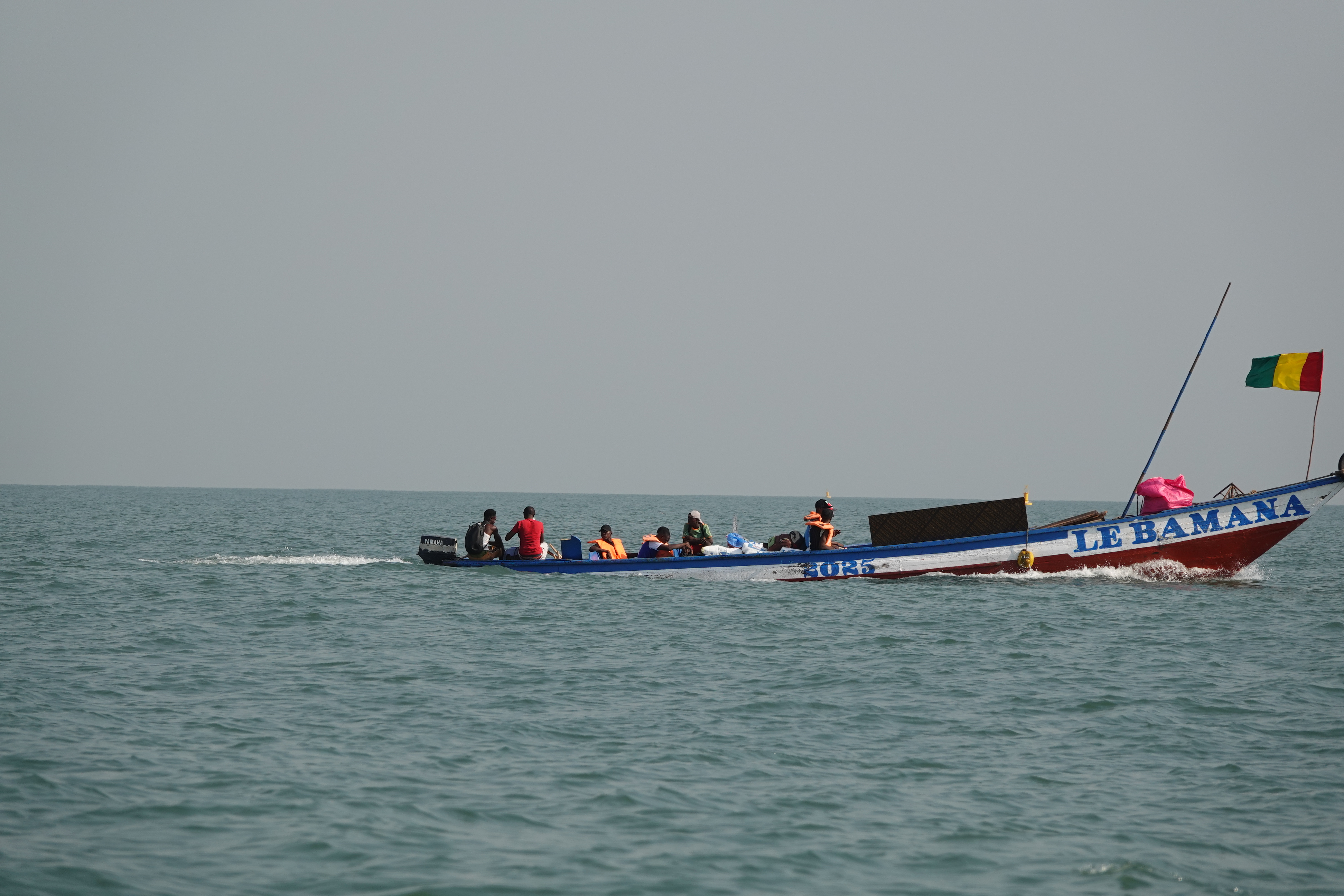- Ecosystem Conservation
- Bénéficiaire GREEN TRANSFORMATION 2050
- Montant du projet 39 854 €
- Subventions FFEM 29 763 €
-
État du projet achevé
The Loos Islands Archipelago (60 km2), classified as a Marine Protected Area (MPA) since 1992, is located in the Atlantic Ocean about 10 km from Conakry, Guinea. It consists of a dozen islets, three of which are inhabited (Kassa, Room, Fotoba). The marine and coastal areas of the archipelago are home to a rich and endangered biodiversity, such as sea turtles: Chelonia mydas (EN) and Lepidochelys olivacea (VU), for which this MPA is the last known nesting site in Guinea, as well as species of dolphins, whales, sharks and birds (the grey pelican, the African cormorant, Goliath heron, fish eagle, sacred ibis, African white spoonbill, blue-breasted kingfisher, etc.). However, this biodiversity is threatened by increasing anthropogenic pressures on resources, including accidental catches by fishing gear, pollution and habitat destruction. Beyond their biological richness, the Marine Protected Areas of the Loos Islands are home to very attractive tourist and cultural sites (Turtle Island, the Poba ‘Koré gèmè’ cave, Soro, which was used as a place of worship for genies, the Tamara lighthouse, etc.). However, despite their proximity to the capital, activity remains underdeveloped and the economic benefits of tourism for the population are still low. The objective of this project is to contribute to the community-based conservation of biodiversity in the Loos Islands by improving the participation of the Loos Island communities in the management of the MPA and by supporting tourism stakeholders in adopting an approach that promotes local biodiversity.
